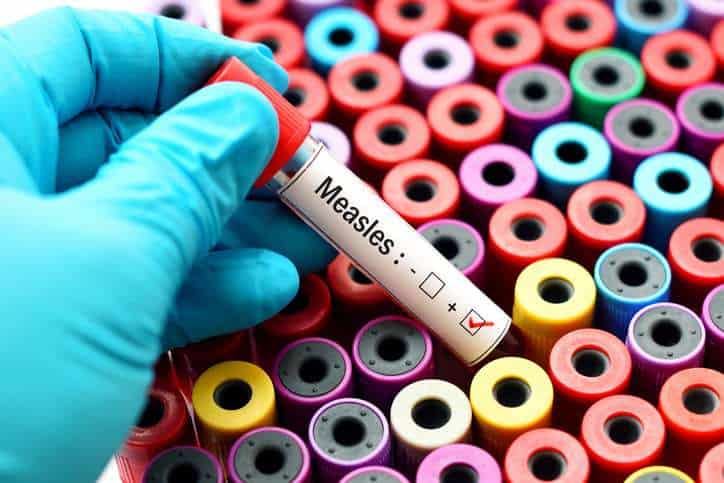
Since the measles epidemic in Disneyland, there have been a lot of discussions about vaccinating or not vaccinating kids. No matter your stance, there’s no denying that the rise of measles in the U.S. is dangerous.
U.S. Measles Epidemic
The World Health Organization (WHO) reports that the worldwide number of deaths due to measles has been reduce by 75 percent in the past 13 years, especially in developing countries. Unfortunately, this is not enough, as the Disneyland measles outbreak shows. The first Disney measles case, on January 5, 2015, was linked to an unvaccinated 11-year-old. According to the Centers for Disease Control and Prevention (CDC), there have been 125 measles cases (as of February 11, 2015) which link back to the first Disney measles case. According to the CDC, “a majority of the people who got the measles were unvaccinated.”
Measles Facts and Measles Symptoms
The measles is an infectious virus that can spread through direct contact or even in the air. The infection usually lasts over a two to three week period. The first week and a half to two weeks is an incubation period, in which the patient experiences no symptoms. For the next two or three days, the patient experiences mild symptoms, like a fever or sore throat. After that red spots appear and temperatures can rise dangerously high. A person with measles can spread the disease for up to eight days afterward.
Those who get the measles usually experience fever, red rashes, coughing, a runny nose, and red eyes. In severe cases, the measles can cause severe diarrhea, pneumonia, and blindness. The measles can also be lethal.
Measles Update
The CDC says that the increase in measles cases was caused by a combination of global travel and the lack of vaccination. Last year, the U.S. experienced a record number of measles cases, with 644 cases in 27 states. A large number of the measles cases were associated with one large outbreak with 383 cases, “primarily among unvaccinated Amish communities.”
To keep up-to-date with the current epidemic, check with the CDC so you’ll know which states the disease has spread to outside of California. For more information about the measles and the vaccines consider visiting these WHO and CDC webpages.








